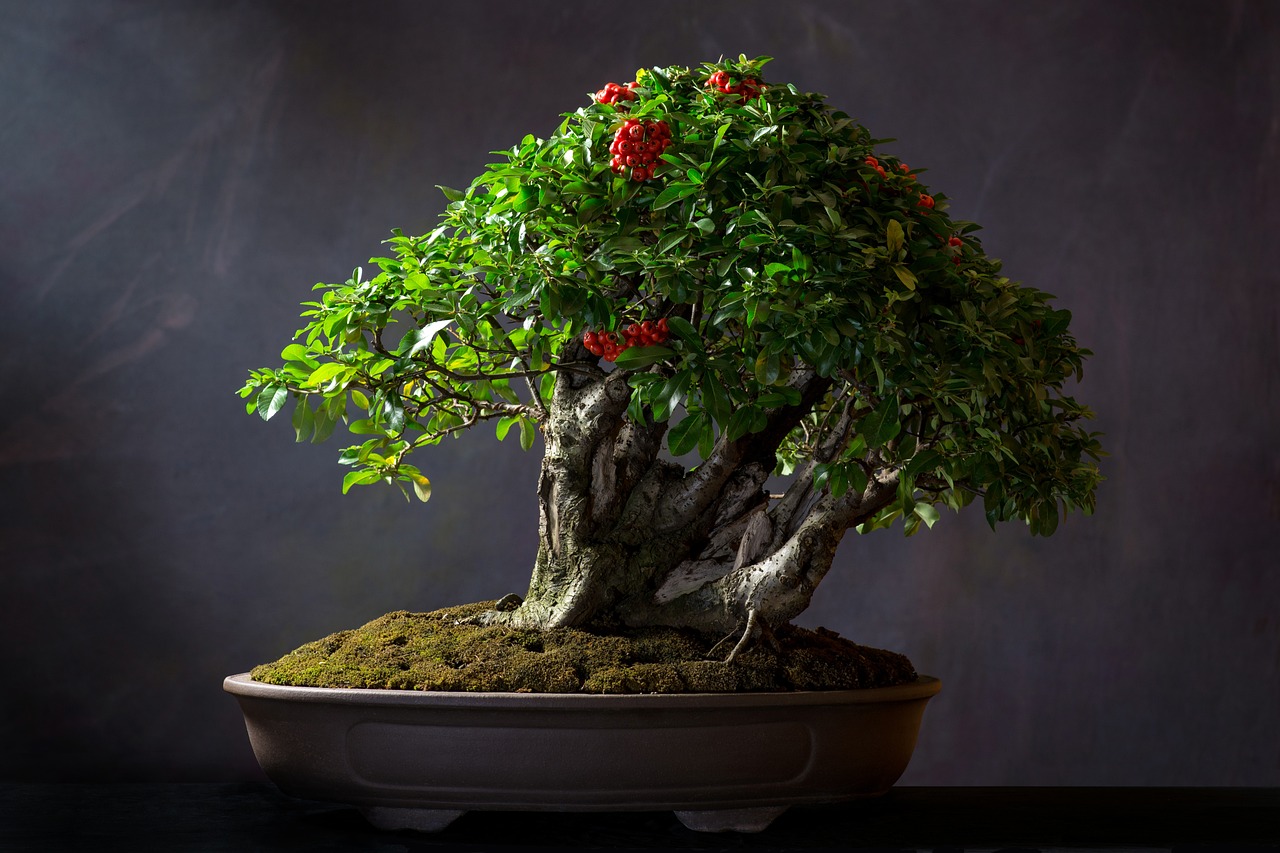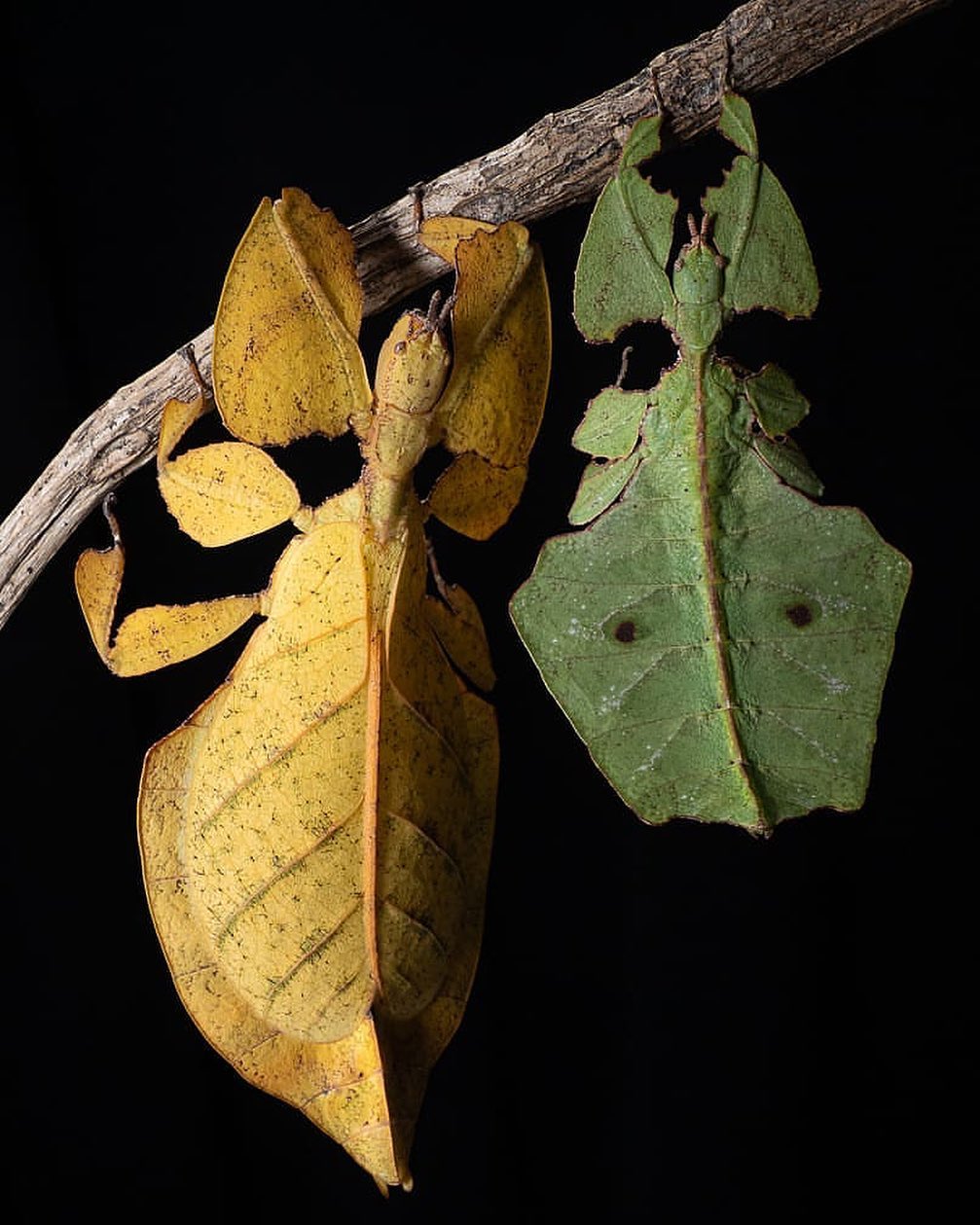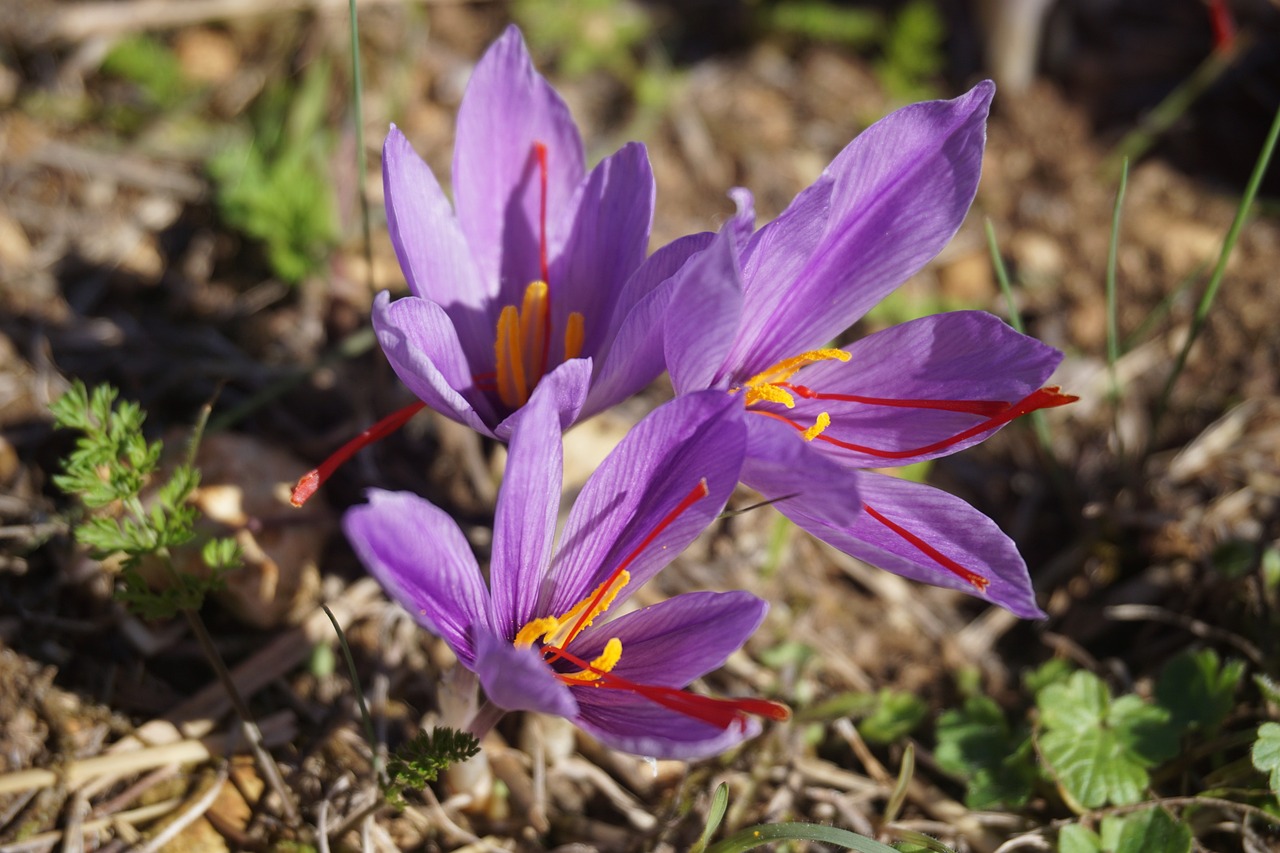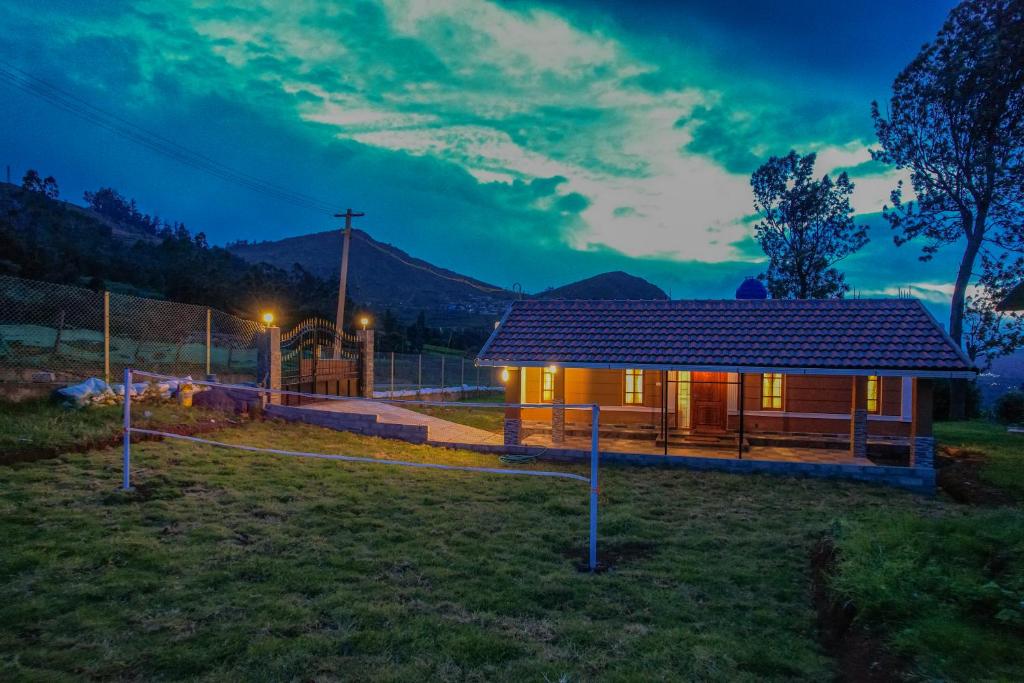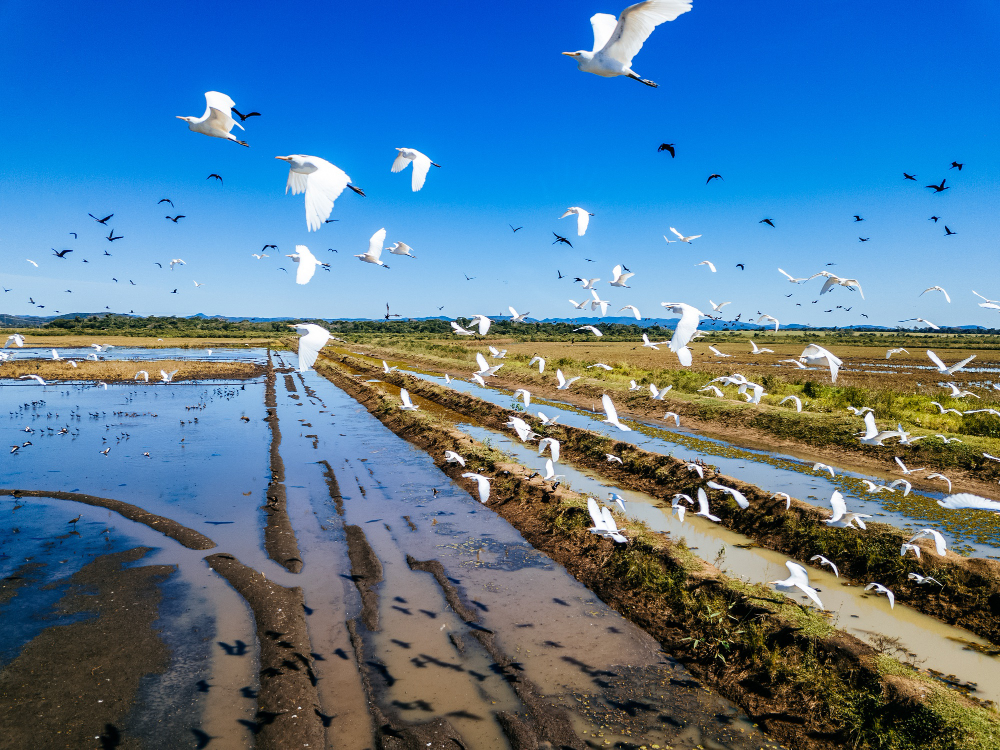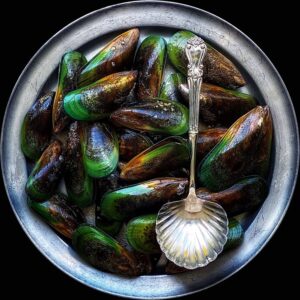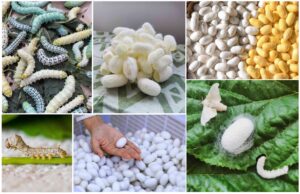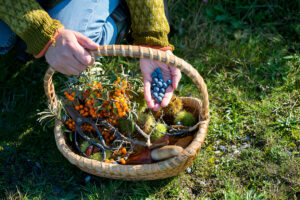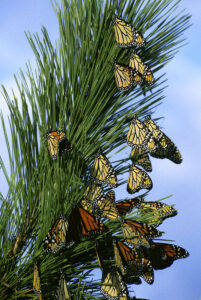 Pin
Pin Photo by Heiner
Saffron is not just a spice—it’s pure gold in the culinary world. But growing it? That’s where things get interesting. The farming of kesar has been a tradition for centuries, usually on vast lands under specific climatic conditions. But now, indoor saffron farming is changing the game. More and more people are experimenting with saffron farming at home, making it possible to cultivate this prized spice without acres of land. But one question always pops up: Which saffron variety is best for indoor farming?
If you pick the wrong variety, you could end up wasting months of effort. That’s why choosing the right one is crucial. Let’s break it down in simple terms, covering everything from the best saffron varieties to the ideal growing conditions.
Table of Contents
Why Indoor Saffron Farming is Gaining Popularity
 Pin
Pin Image by @lostallosmicrogreens
Growing saffron indoors has become a growing trend, especially for those who live in cities or lack access to vast plots of land. With the rising interest in sustainable living, people are looking for ways to bring the farm to their homes, and saffron farming is an intriguing option. But how does saffron do indoors? Well, it’s not just a wild idea—it’s entirely possible.
Indoor saffron farming offers a number of advantages. First, you’re in control of the environment. No more worrying about fluctuating weather or unpredictable seasons. You get to manage the light, the temperature, and even the soil conditions. Plus, it requires minimal space. All you need is a small pot or a container, some saffron bulbs, and the right conditions to thrive.
Of course, growing saffron indoors is a bit of a challenge, but nothing too complicated if you’re ready to put in the time and care. By choosing the right saffron variety, you can unlock the potential of this spice and start a rewarding hobby right from your home.
Choosing the Best Saffron Variety for Indoor Farming
 Pin
Pin Image by @planoprairiegarden
 Pin
Pin Image by @food.unfolded
Not all saffron varieties are the same. If you pick the wrong one, you’ll struggle with growth, low yields, or even failed crops. The key is to choose a variety that adapts well to indoor conditions.
The most recommended variety for indoor saffron farming is Crocus sativus, also known as the true saffron crocus. This variety is preferred worldwide because it’s hardy, productive, and capable of thriving in controlled environments. It produces long, deep red stigmas, which are the most valuable part of the plant.
Other varieties might grow, but they won’t give you the same quality or quantity of saffron threads. Some hybrid saffron strains exist, but they usually don’t match the potency and flavor of Crocus sativus. Since indoor conditions are different from traditional farms, you need a variety that responds well to artificial lighting and controlled humidity levels.
Once you get the right variety, half your battle is won. Now, it’s all about setting up the perfect environment to help it flourish.
Setting Up the Perfect Environment for Indoor Saffron Farming
Saffron might be a high-value spice, but it doesn’t ask for much—just the right conditions to grow. If you’re serious about indoor saffron farming, you need to recreate its natural environment as closely as possible.
First, let’s talk about temperature. Saffron thrives in a cool but not freezing climate. Ideally, the temperature should stay between 15°C to 20°C (59°F to 68°F) during the growing phase. A little chill helps trigger flower production, but extreme cold can kill the bulbs.
Next, lighting. Saffron needs about 12-16 hours of light per day to grow well. If you don’t have a sunny window, LED grow lights work perfectly. Choose full-spectrum lights to mimic natural sunlight.
Soil is another crucial factor. Use well-draining soil with a mix of sand, compost, and perlite. Avoid soil that holds too much moisture, as saffron bulbs can easily rot. Also, make sure to space the bulbs properly so that each plant gets enough airflow.
Once you get the setup right, your saffron plants will thank you by producing beautiful purple flowers and those precious red threads.
How to Plant Saffron Bulbs Indoors the Right Way
Getting your saffron bulbs planted correctly makes all the difference. If you just throw them in soil and hope for the best, you’re setting yourself up for failure. Here’s how to do it the right way.
First, buy high-quality Crocus sativus bulbs from a reliable supplier. Cheap or unhealthy bulbs will give you weak plants or nothing at all. Look for large, firm, and disease-free bulbs for the best results.
When planting, make sure the bulbs are at least 5 cm (2 inches) deep in the soil. Why? Because if they’re too shallow, they might dry out, and if they’re too deep, they’ll struggle to sprout. Also, keep about 10 cm (4 inches) between each bulb so they don’t compete for nutrients.
Watering is where many people go wrong. Only water lightly when planting and then wait until you see sprouts before watering again. Overwatering is the fastest way to rot the bulbs. Keep the soil slightly dry until the plants start growing.
Once the bulbs are in, place them in a cool, dark area for a few weeks to let them settle, then move them under grow lights when they start sprouting. That’s when the magic begins.
Watering and Feeding: Keeping Your Saffron Plants Healthy
Saffron doesn’t like too much attention—especially when it comes to watering. Overwatering is one of the biggest mistakes beginners make. These plants are used to dry, rocky soils, so they don’t need daily watering like typical houseplants.
Here’s the rule: water sparingly. After planting, give the soil a light mist and then leave it alone until you see green shoots appear. Once the plants are growing, water once every 10 to 14 days, just enough to keep the soil slightly moist but never soggy. If the soil stays too wet, the bulbs will rot, and you’ll lose your entire crop.
Feeding is another thing to keep in mind. Saffron doesn’t need heavy fertilization, but a light organic fertilizer or compost can help improve growth. If you want to give your plants a boost, use a diluted liquid fertilizer with potassium and phosphorus once a month. Avoid nitrogen-heavy fertilizers since they promote leafy growth instead of flowers.
With the right balance of water and nutrients, your saffron plants will stay strong and ready to bloom.
Saffron Blooming: When and How to Harvest
The most exciting part of saffron farming is when those delicate purple flowers finally appear. But timing is everything—if you miss the right moment, you might lose some of your precious saffron threads.
Saffron plants usually bloom 6 to 8 weeks after planting, depending on the growing conditions. The flowers don’t all open at once; instead, they appear over a period of a few weeks. Each flower lasts just a few days, so you need to keep a close eye on your plants.
When you see a flower fully open, it’s time to harvest the red stigmas immediately. Use tweezers or your fingers to gently pluck the three red threads from each flower. Be careful not to damage the petals or pull too hard.
Once harvested, the saffron threads need to be dried. Spread them out on a clean surface in a warm, dry place for about a week. Proper drying enhances the aroma and flavor. Store your saffron in an airtight container away from light and moisture to preserve its quality.
Harvesting saffron feels incredibly rewarding. That moment when you see your homegrown red threads is when all the effort truly pays off.
Common Problems in Indoor Saffron Farming and How to Fix Them
Indoor saffron farming isn’t always smooth sailing. Sometimes things go wrong, and if you don’t catch the signs early, your entire crop could suffer.
One common issue is bulb rot, usually caused by overwatering or poor drainage. If you notice a foul smell or mushy bulbs, stop watering immediately and improve soil drainage. Always use well-draining soil and water only when absolutely necessary.
Another problem is lack of flowering. If your plants are growing leaves but no flowers, the temperature might be too high. Saffron needs a cold period to trigger blooming, so move your pots to a cooler spot or reduce room temperature to around 15°C (59°F).
Pests like spider mites can also attack indoor saffron plants. If you see tiny webs or yellowing leaves, wipe the leaves with a damp cloth and spray the plant with a mild soap solution.
By keeping a close eye on your plants and acting quickly, you can solve most problems before they ruin your harvest.
How Much Saffron Can You Get from Indoor Farming?
Let’s be real—growing saffron indoors won’t make you rich overnight. But if done right, it can still give you a decent harvest for personal use.
Each Crocus sativus flower produces just three saffron threads, and it takes around 150 flowers to get 1 gram of dried saffron. This might sound small, but saffron is so potent that even a tiny amount goes a long way in cooking.
If you’re serious about increasing yield, plant more bulbs. A setup with 50 to 100 bulbs can produce enough saffron for personal use. The good part? Saffron bulbs multiply every year, so your harvest can increase over time without buying new bulbs.
Growing saffron at home isn’t just about quantity—it’s about quality. Store-bought saffron is often mixed with lower-grade threads, but when you grow it yourself, you get pure, high-quality saffron with maximum aroma and flavor. That alone makes indoor saffron farming worth it.
Storing and Using Your Homegrown Saffron
After all the effort you put into growing and harvesting saffron, the last thing you want is for it to lose its flavor. Proper storage is key to keeping its aroma and potency intact.
First, make sure your saffron threads are completely dry before storing them. Any moisture left can cause mold. Once dried, store them in an airtight glass jar and keep it in a cool, dark place. Avoid plastic containers, as they can absorb some of the saffron’s essential oils, reducing its quality.
Over time, saffron actually gets better. The flavor deepens, and the aroma becomes more intense. For best results, let it sit for a few weeks after drying before using it in recipes.
When using saffron, always soak it in warm water or milk for 15-20 minutes before adding it to dishes. This releases its full color and flavor. A little goes a long way—just a few strands can transform a dish completely.
With proper storage and careful use, your homegrown saffron can last up to two years, giving you a steady supply of high-quality spice.
Is Indoor Saffron Farming Worth It?
If you’re wondering whether growing saffron indoors is worth the effort, the answer depends on your expectations. If you’re looking to make quick money, it’s probably not the best choice. But if you love gardening, want pure saffron, and enjoy the satisfaction of growing something valuable, then it’s 100% worth it.
The biggest advantage is control. You don’t have to rely on unpredictable weather or expensive imported saffron. Plus, once you get the hang of it, you can expand your setup and increase your yield each year.
That said, indoor saffron farming does require patience. The plants take months to bloom, and the harvest is small compared to traditional farming. But what you get in return is pure, unadulterated saffron with unbeatable aroma and quality.
For many people, the joy of growing something as rare and precious as saffron is rewarding enough. And who knows? With the right setup and dedication, you might even turn it into a profitable side business in the future.
